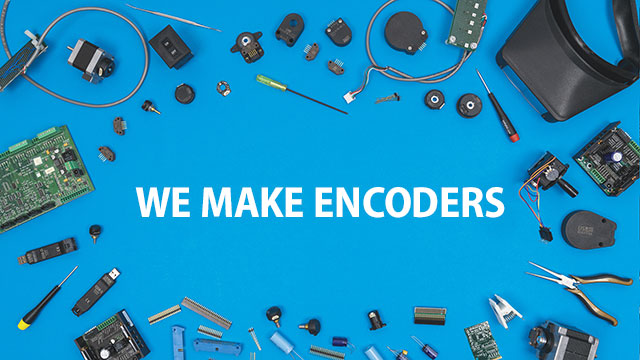US Digital Videos
We believe visual storytelling is key to helping others understand our products, what we do, how we do it, and why. Here you'll find product highlights, tutorials, customer spotlights, motion control industry news, and the occasional peek at what's happening inside US Digital.
Encoders 101
What is an encoder?
An encoder is a sensor that translates physical motion into electrical data. That data can be used by a control device to determine speed, acceleration and position. Learn more by watching our video.
How does an encoder work?
How do encoders work? In this episode of Encoders 101, we'll take a look at the inner workings of one of our incremental rotary encoders.
What is an encoder index?
An Index is a unique channel on an encoder disk that can be used to return a system to a zero or home position after a loss of power. Not all encoders have an Index position and not all applications would require or need one.
What is the difference between resolution, precision and accuracy?
What is the difference between resolution, accuracy and precision when it comes to encoders? In this episode of Encoders 101, we'll cover the meaning of the three words using archery as an example.
What is quadrature and how is it used?
Looking to track direction of motion or want to squeeze a few extra counts out of your encoder? You’re going to want to know about quadrature.
What's the difference between absolute and incremental encoders?
What is the difference between absolute and incremental encoders? Absolute encoders can report exact position at all times, even after power has been lost and restored. Incremental encoders must find Index before they can report exact position after a loss of power.


